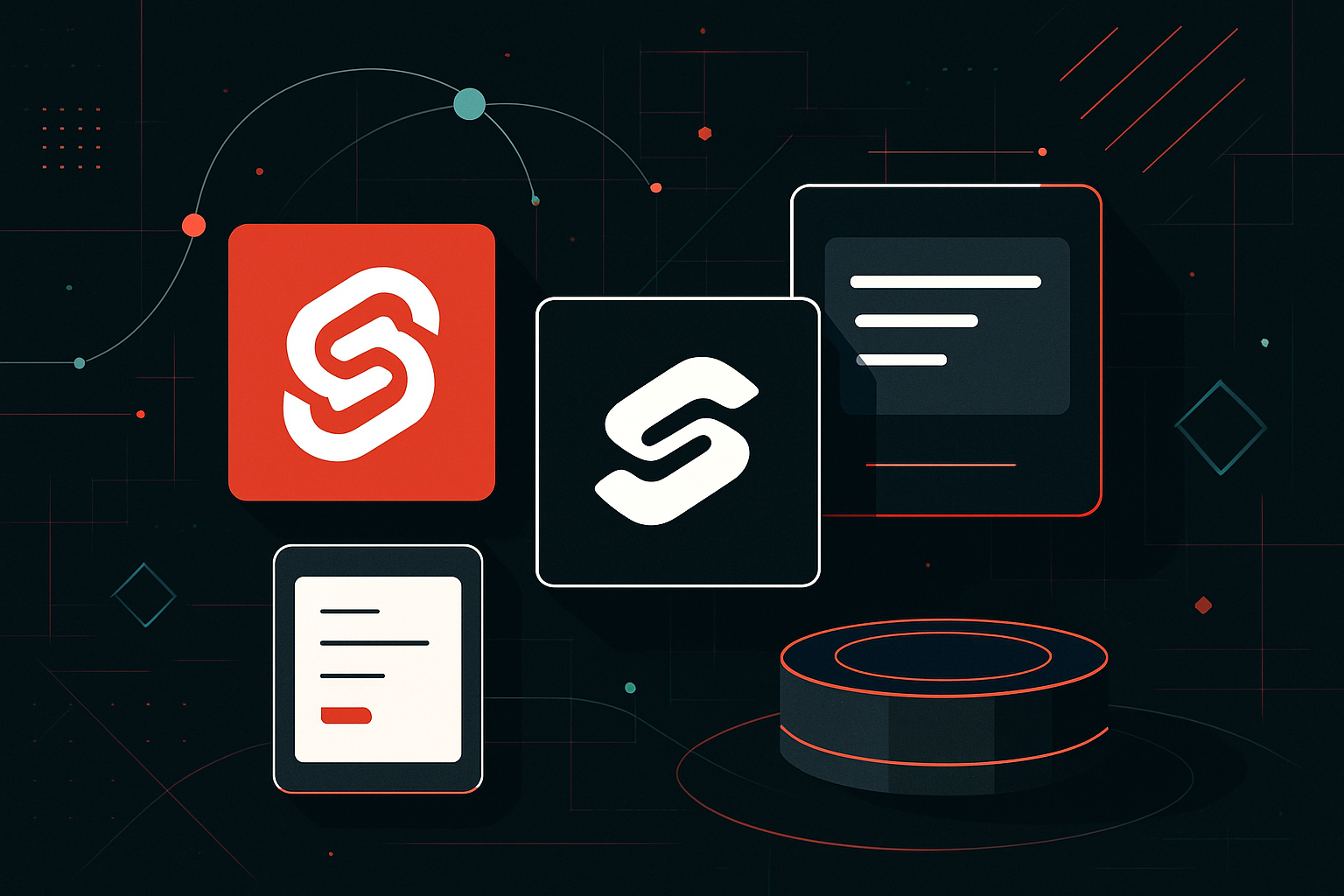Serverless Architecture Explained for Developers

Understanding Serverless Architecture
Serverless architecture has become a significant paradigm in modern cloud computing, enabling developers to focus more on application logic rather than infrastructure management. This article delves into the technical details, practical applications, and advantages of serverless computing, providing actionable insights for developers.
What is Serverless Architecture?
Serverless architecture allows developers to build and run applications without managing the underlying infrastructure. Despite the term “serverless,” servers are still involved but are abstracted away by cloud providers. This model is event-driven, and resources are allocated as needed, drastically reducing operational complexities.
Key Components of Serverless Architecture
-
Function as a Service (FaaS): Core to serverless, FaaS allows developers to execute code in response to events without provisioning servers. Popular FaaS platforms include AWS Lambda, Azure Functions, and Google Cloud Functions.
-
Backend as a Service (BaaS): Enables developers to integrate third-party cloud-hosted services directly into applications, such as authentication, databases, and storage.
Advantages of Serverless Architecture
- Cost-Effectiveness: Pay only for execution time and resources consumed, minimizing idle server costs.
- Scalability: Automatically scales with demand, handling concurrent requests without manual intervention.
- Reduced Operational Overhead: Frees developers from server management tasks, such as patching and scaling.
Technical Explanation of Serverless Execution
When an event triggers a serverless function, the cloud provider automatically provisions the necessary resources, executes the function, and then deallocates resources upon completion. This model is ideal for applications with unpredictable workloads.
// AWS Lambda Example: Simple HTTP Endpoint
exports.handler = async (event) => {
const response = {
statusCode: 200,
body: JSON.stringify('Hello, World!'),
};
return response;
};
Use Cases for Serverless Architecture
-
API Backends: Serverless is perfect for building RESTful APIs. AWS API Gateway can integrate with AWS Lambda to create scalable endpoints.
-
Data Processing: Ideal for batch processing tasks and ETL (Extract, Transform, Load) processes. For example, processing images uploaded to an S3 bucket using Lambda.
-
Real-Time File/Stream Processing: Using serverless functions to process real-time data streams from IoT devices or logs.
Comparison of Serverless Platforms
| Feature | AWS Lambda | Azure Functions | Google Cloud Functions |
|---|---|---|---|
| Maximum Execution Time | 15 minutes | 10 minutes | 9 minutes |
| Language Support | Node.js, Python, Java, Go, .NET, Ruby | C#, JavaScript, Python, Java, PowerShell | Node.js, Python, Go, Java |
| Trigger Sources | S3, DynamoDB, SNS, SQS, API Gateway | HTTP, Timer, Event Hubs, Storage | HTTP, Pub/Sub, Cloud Storage |
| Pricing Model | Pay per execution and duration | Pay per execution and duration | Pay per execution and duration |
Best Practices for Developing Serverless Applications
- Optimize Cold Start: Minimize package size and use languages with faster initialization times to reduce latency.
- Efficient Resource Management: Use environment variables to manage configurations and secrets securely.
- Logging and Monitoring: Implement logging mechanisms (e.g., AWS CloudWatch) to troubleshoot and monitor performance.
- Security Considerations: Ensure proper IAM roles and permissions, and validate all input data to prevent injection attacks.
Building a Serverless Application: A Step-by-Step Guide
Step 1: Choose a Use Case
Identify a specific part of your application that can benefit from serverless, such as an image processing task.
Step 2: Develop the Function
Write the function logic in your preferred language. For example, processing images with AWS Lambda:
import boto3
def lambda_handler(event, context):
s3 = boto3.client('s3')
# Logic to process image
Step 3: Configure Triggers
Set up event sources that will trigger the function, like an S3 bucket for file uploads.
Step 4: Deploy the Function
Use cloud provider tools or frameworks like Serverless Framework or AWS SAM (Serverless Application Model) to deploy.
Step 5: Monitor and Optimize
Leverage monitoring tools to track function performance and make necessary adjustments to improve efficiency.
Limitations and Challenges
- Cold Starts: Initial invocation latency can be a challenge, especially for latency-sensitive applications.
- Vendor Lock-In: Different cloud providers have varying features and APIs, which can complicate migration.
- Complexity in Debugging: Distributed nature of serverless can make debugging more challenging.
This article provides a comprehensive look at serverless architecture, equipping developers with the knowledge to leverage this powerful paradigm effectively. By understanding the technical mechanisms and best practices, developers can optimize applications for performance, cost, and scalability.





0 thoughts on “Serverless Architecture Explained for Developers”